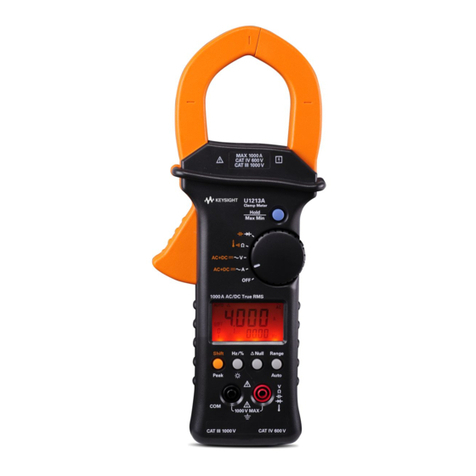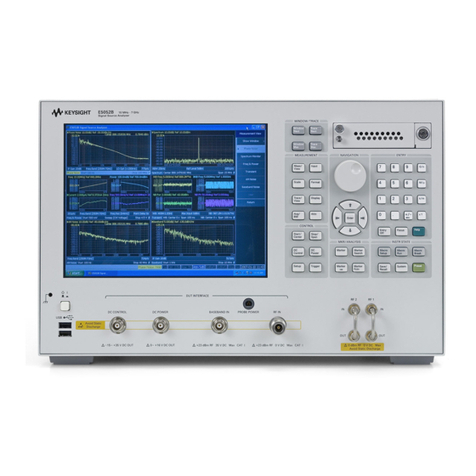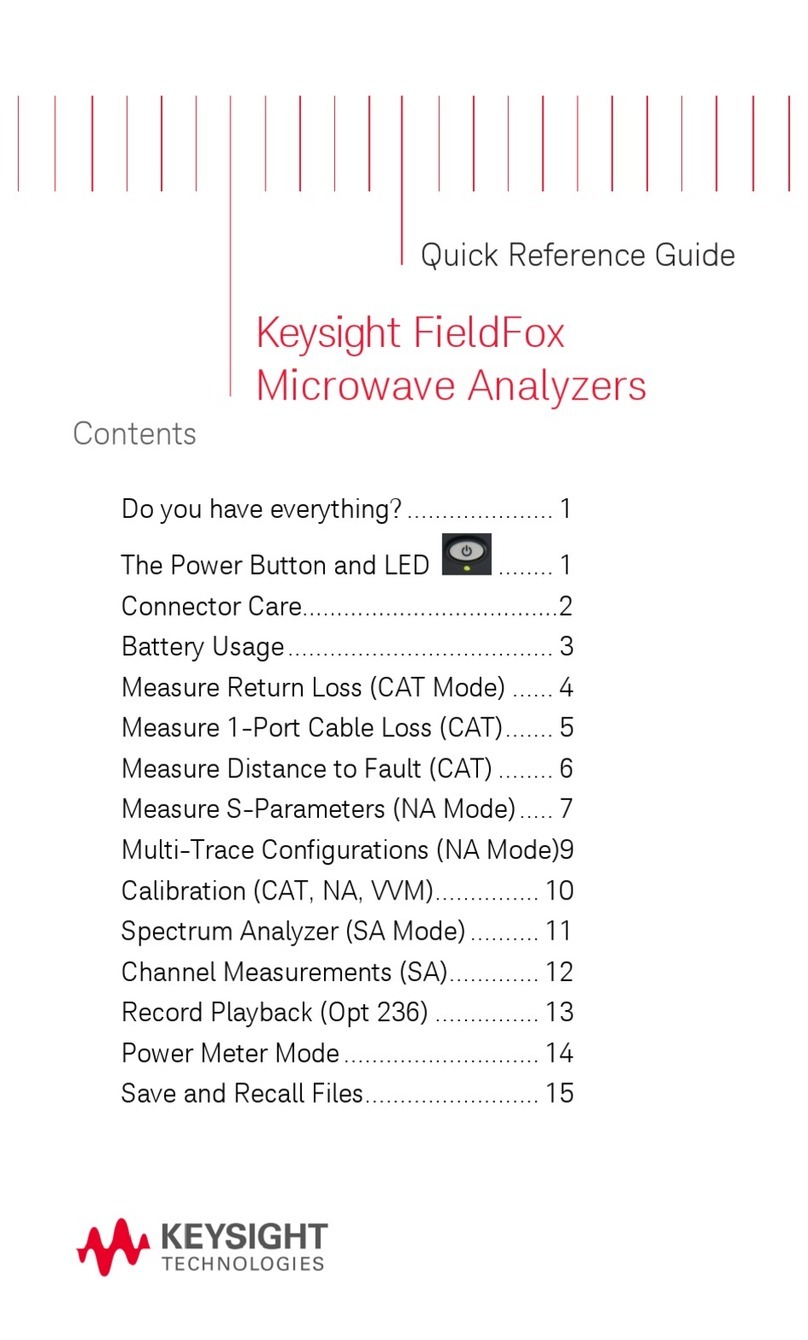Keysight P-Series Installation guide
Other Keysight Measuring Instrument manuals
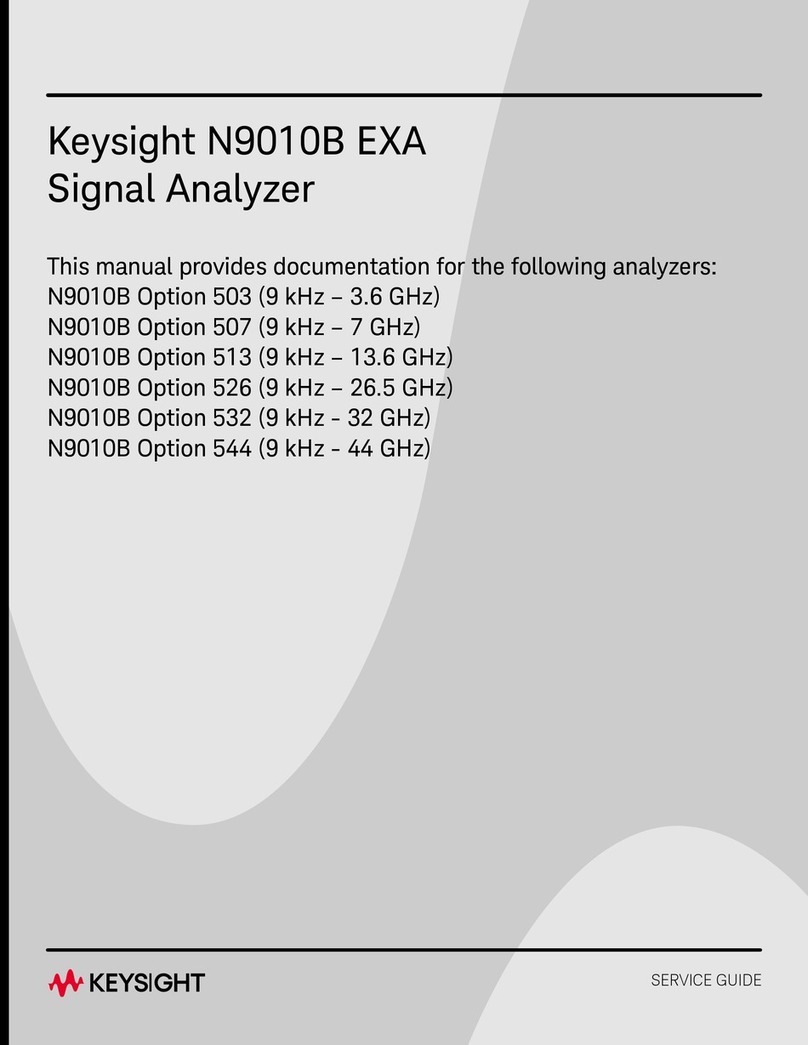
Keysight
Keysight N9010B User manual
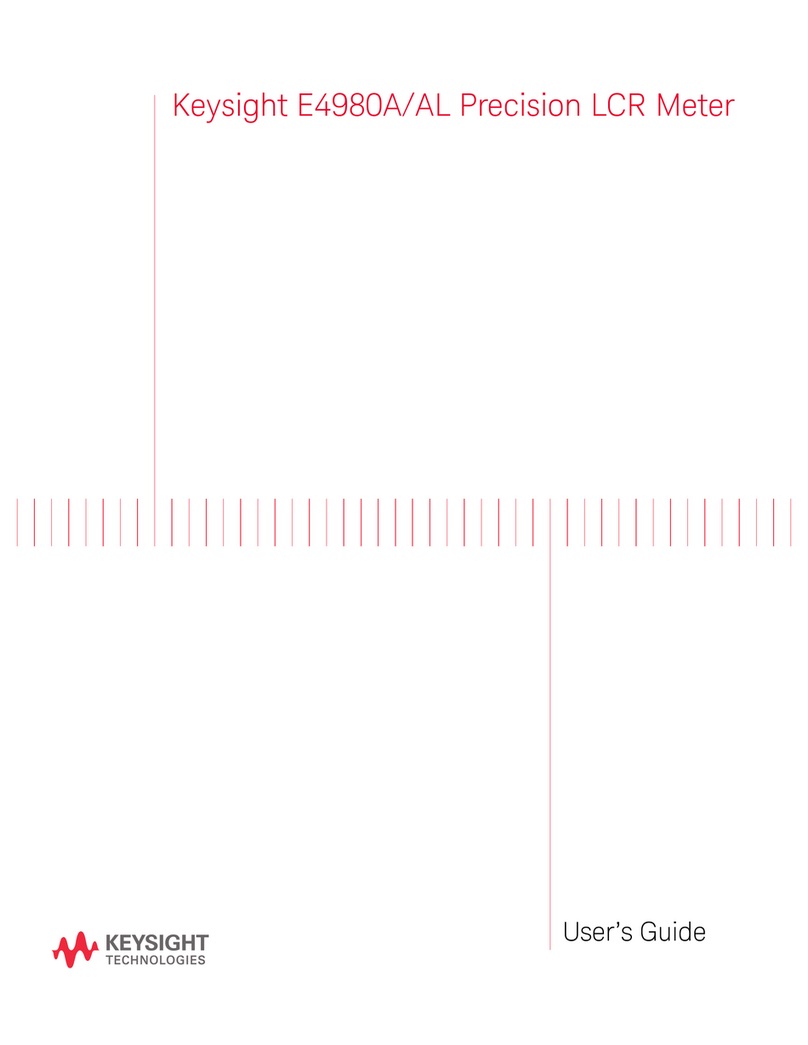
Keysight
Keysight E4980AL User manual
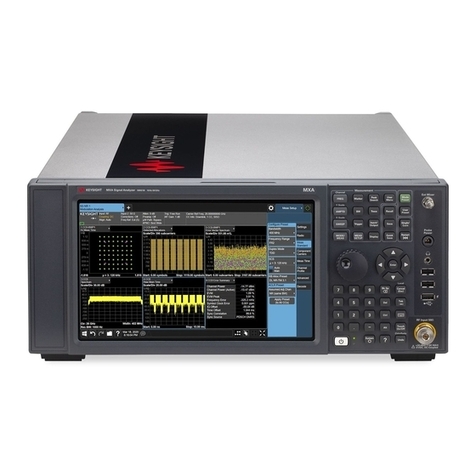
Keysight
Keysight x-series Service manual
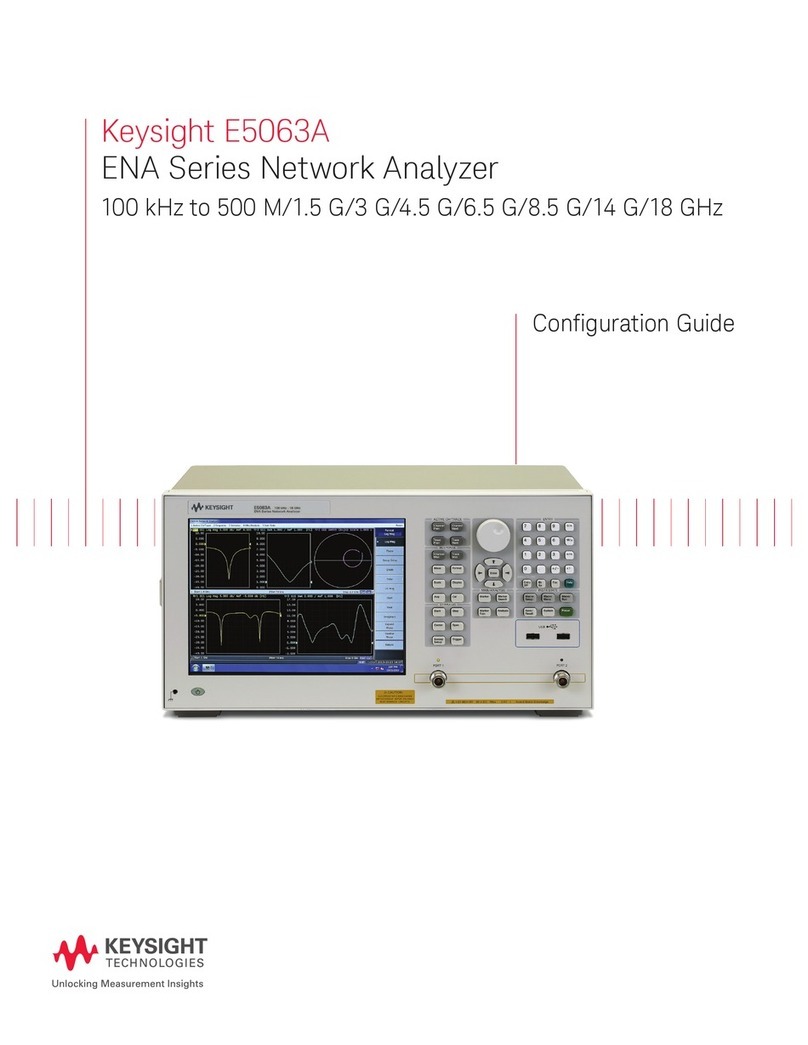
Keysight
Keysight E5063A User manual
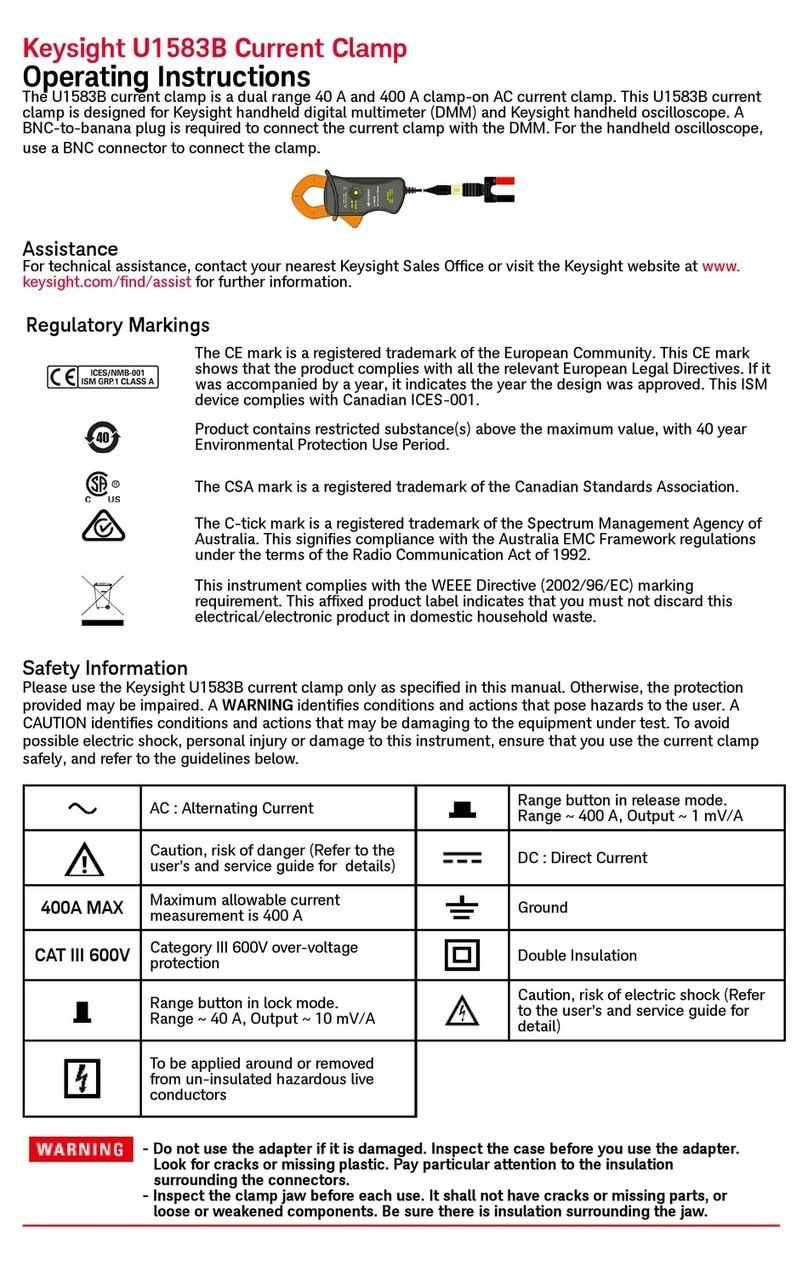
Keysight
Keysight U1583B User manual

Keysight
Keysight 41800A Quick start guide
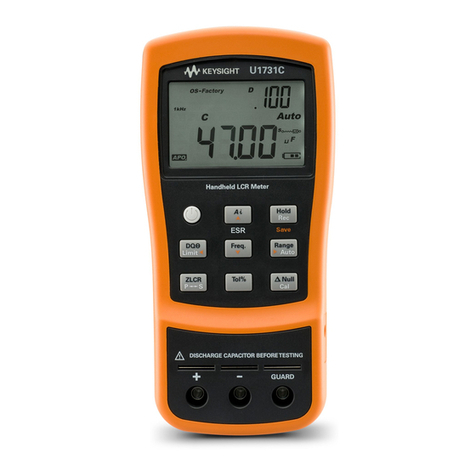
Keysight
Keysight U1732C User manual

Keysight
Keysight u2722a User manual

Keysight
Keysight U1583B User manual
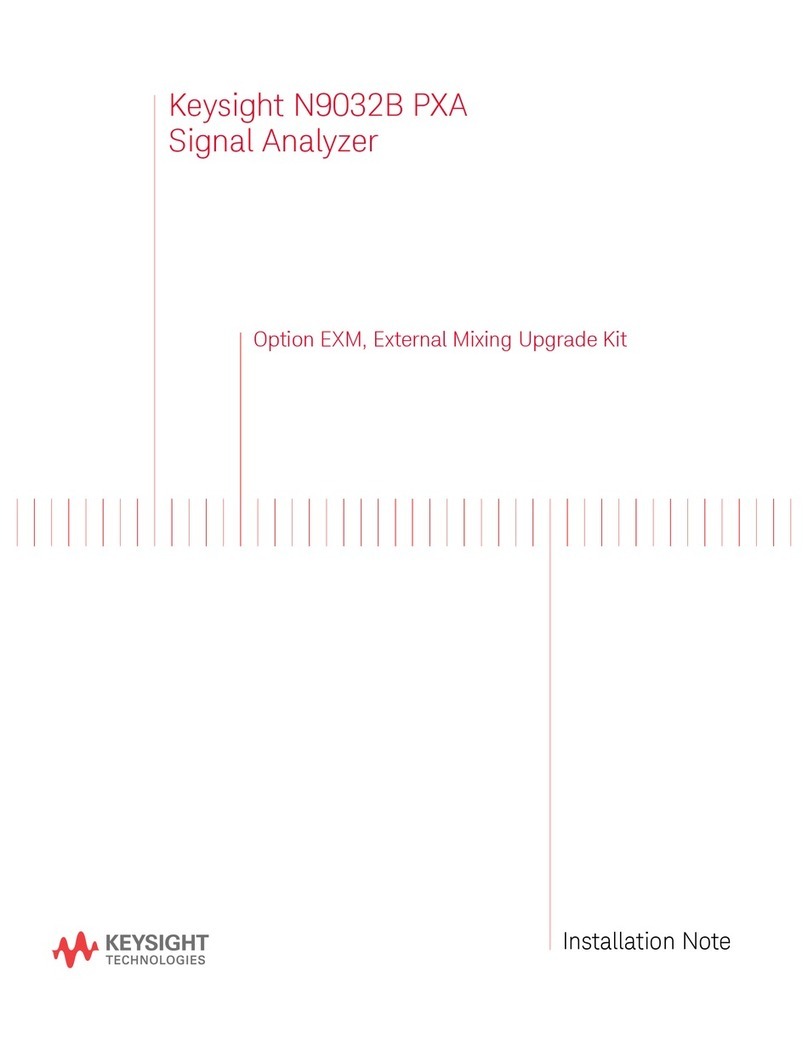
Keysight
Keysight N9032B PXA User manual

Keysight
Keysight U8903B User manual
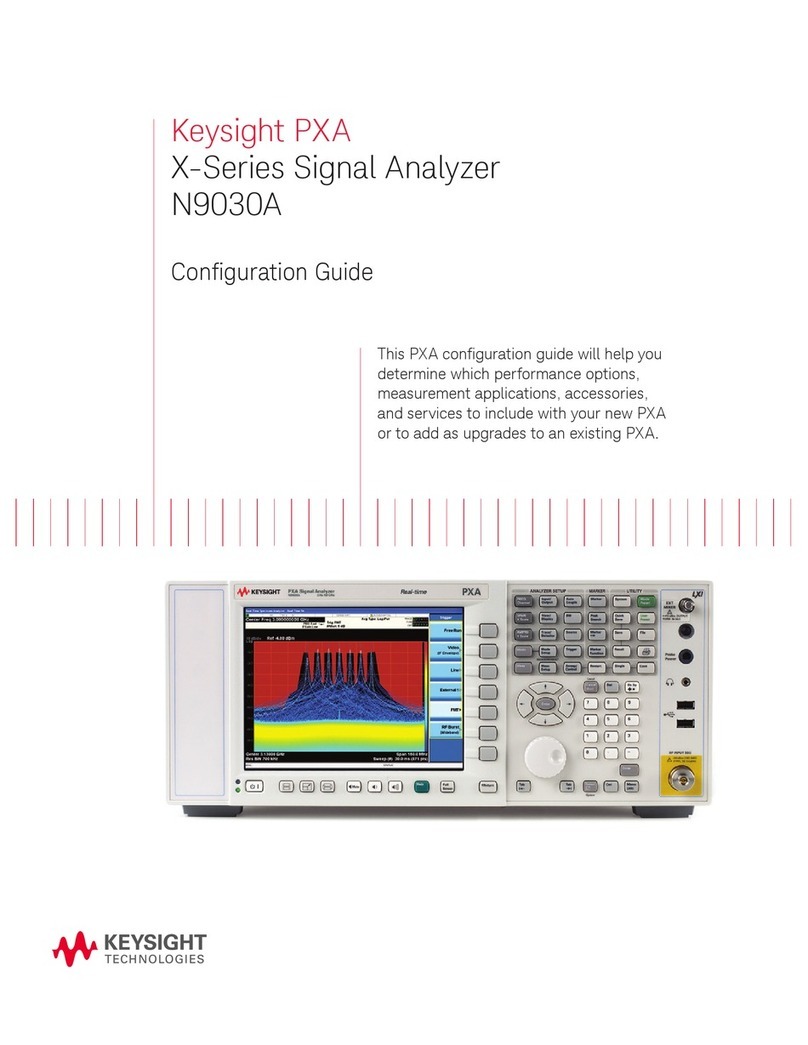
Keysight
Keysight N9030A-503 User manual
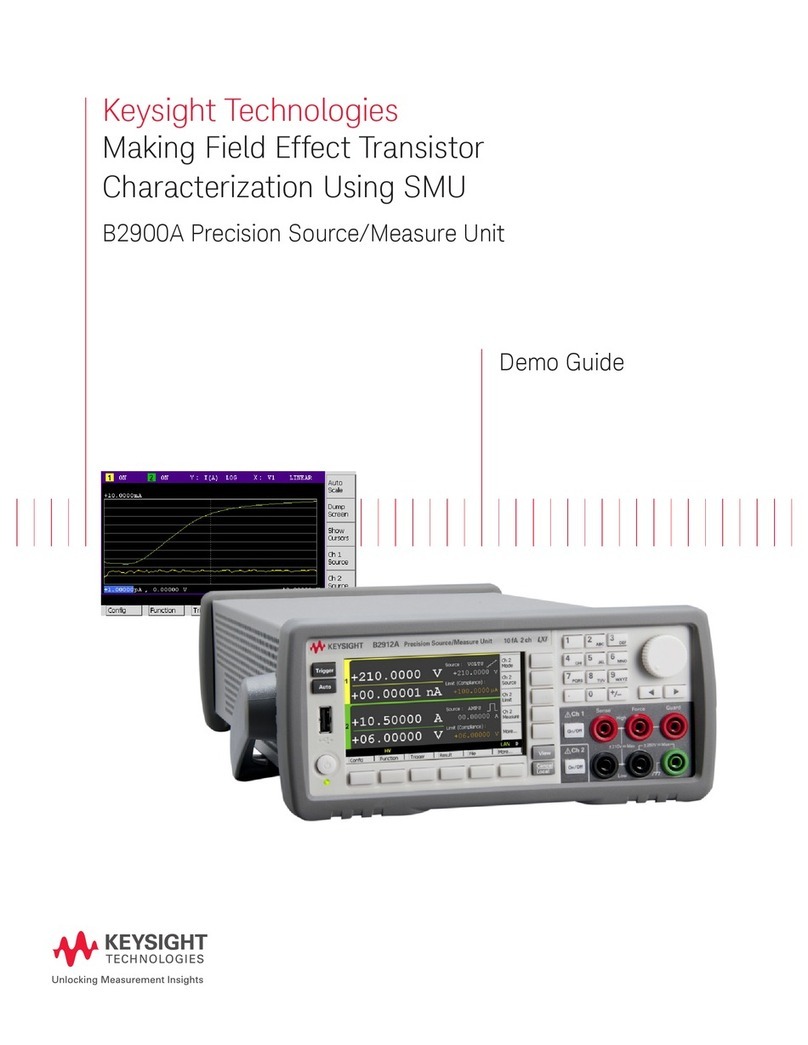
Keysight
Keysight B2900A User manual
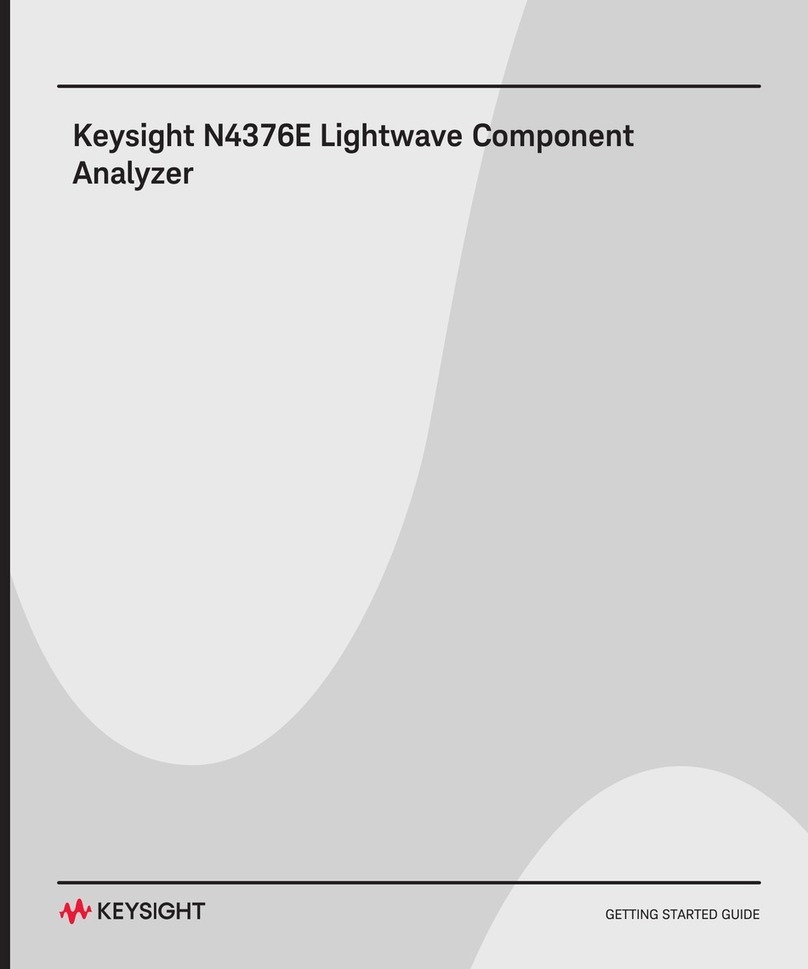
Keysight
Keysight N4376E User manual
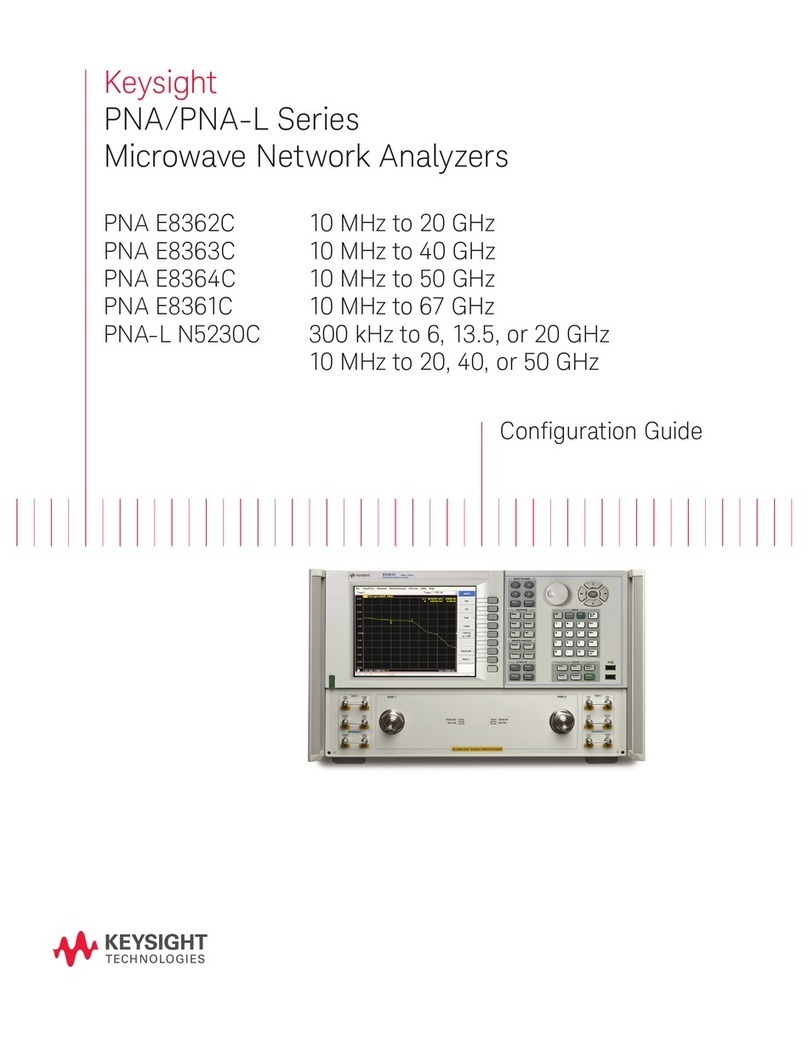
Keysight
Keysight PNA E8362C User manual
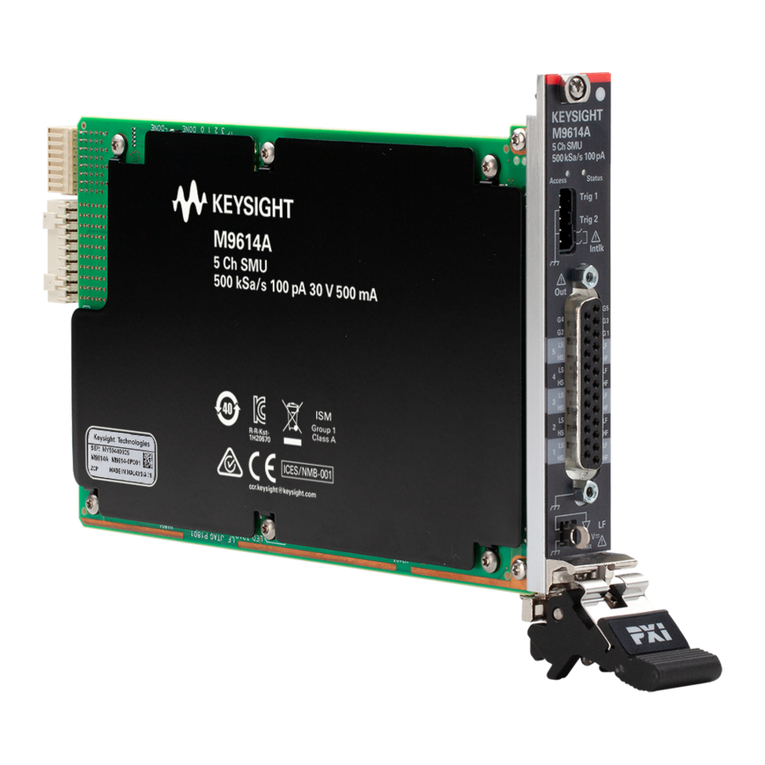
Keysight
Keysight M9614A Operator's manual

Keysight
Keysight x series User manual
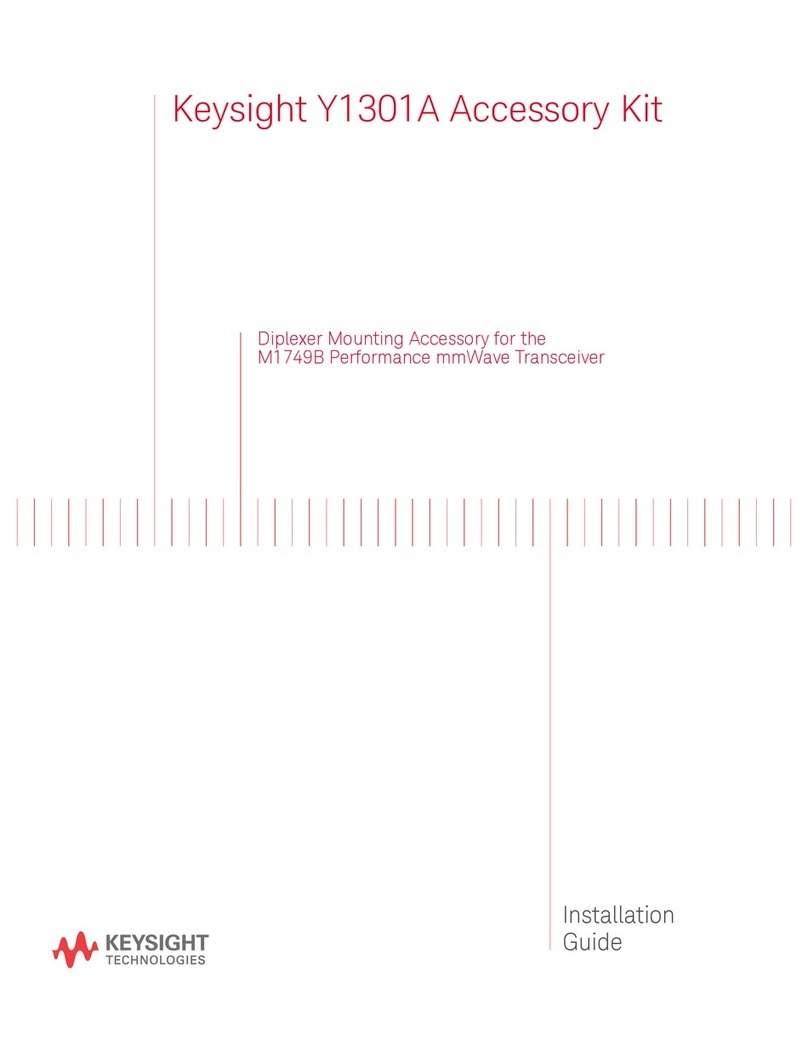
Keysight
Keysight Y1301A User manual
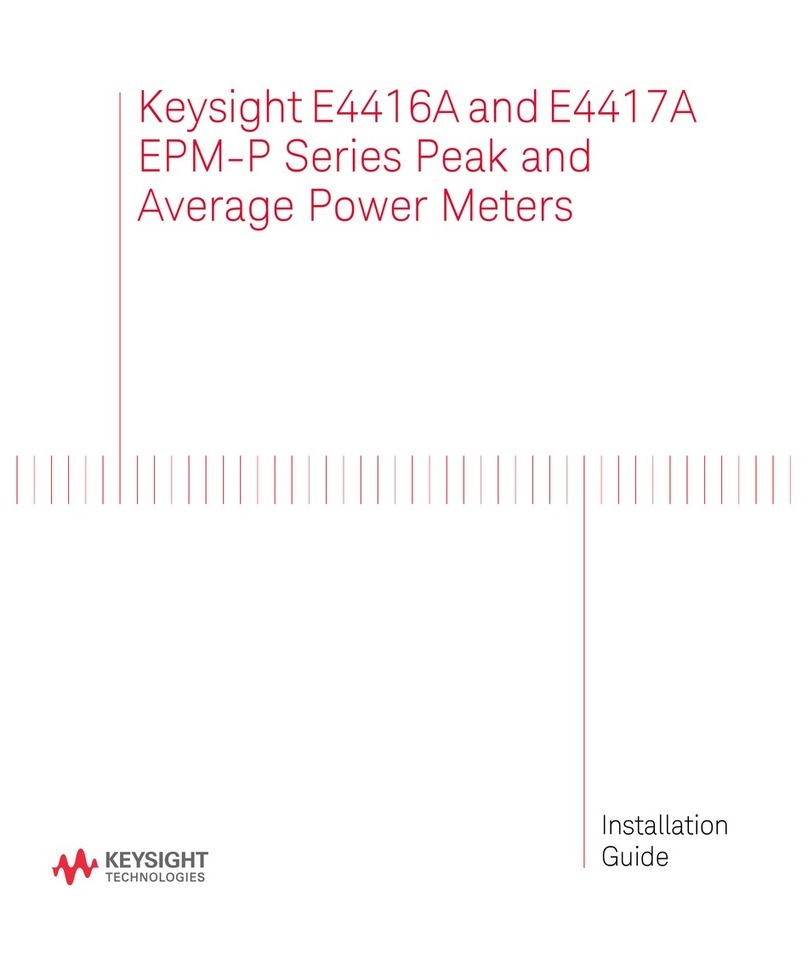
Keysight
Keysight E4417A User manual
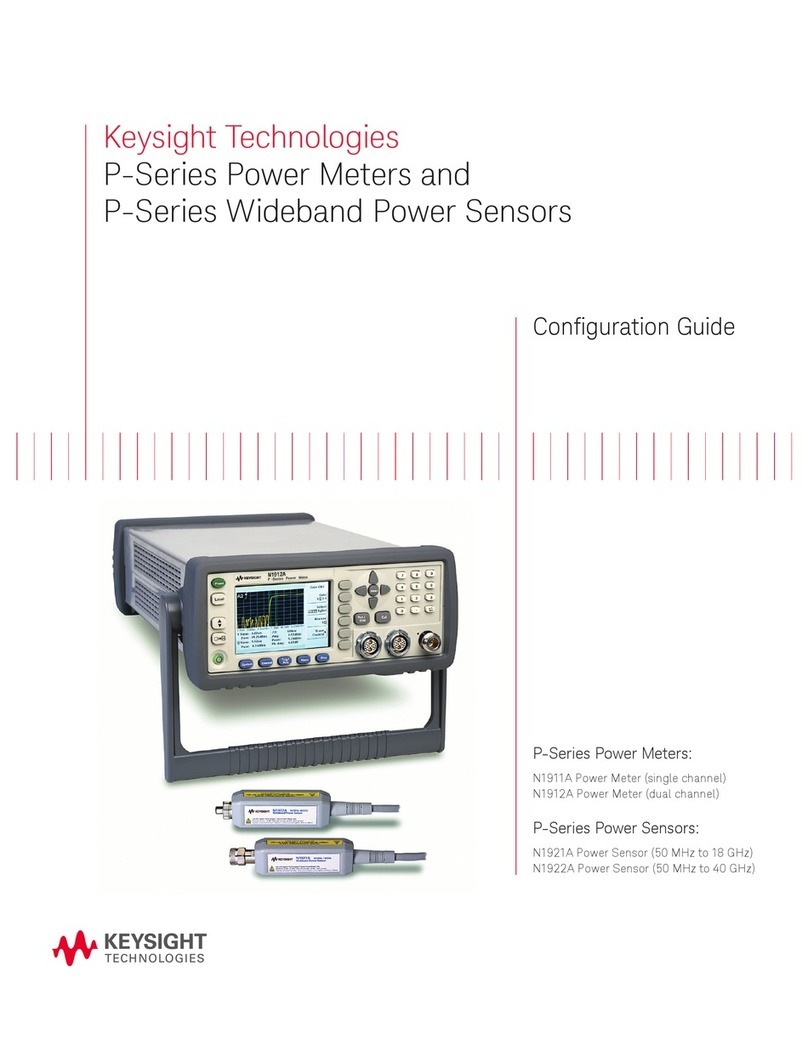
Keysight
Keysight N1911A User manual
Popular Measuring Instrument manuals by other brands

Powerfix Profi
Powerfix Profi 278296 Operation and safety notes

Test Equipment Depot
Test Equipment Depot GVT-427B user manual

Fieldpiece
Fieldpiece ACH Operator's manual

FLYSURFER
FLYSURFER VIRON3 user manual

GMW
GMW TG uni 1 operating manual

Downeaster
Downeaster Wind & Weather Medallion Series instruction manual

Hanna Instruments
Hanna Instruments HI96725C instruction manual

Nokeval
Nokeval KMR260 quick guide

HOKUYO AUTOMATIC
HOKUYO AUTOMATIC UBG-05LN instruction manual

Fluke
Fluke 96000 Series Operator's manual

Test Products International
Test Products International SP565 user manual

General Sleep
General Sleep Zmachine Insight+ DT-200 Service manual
